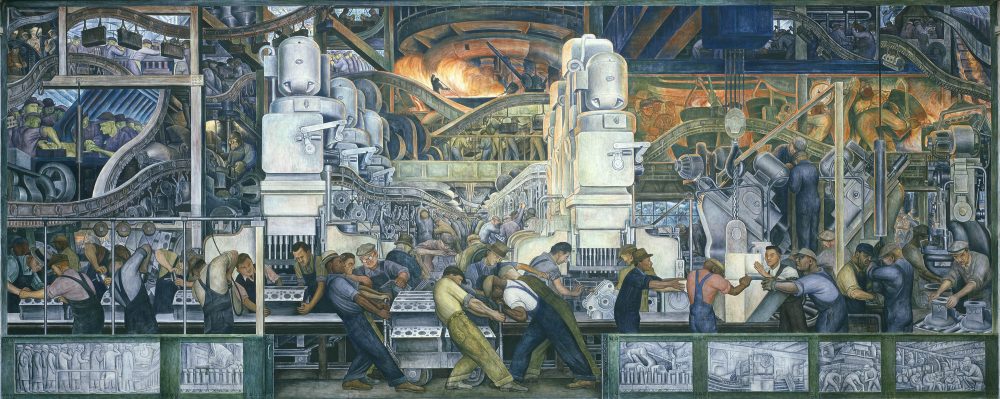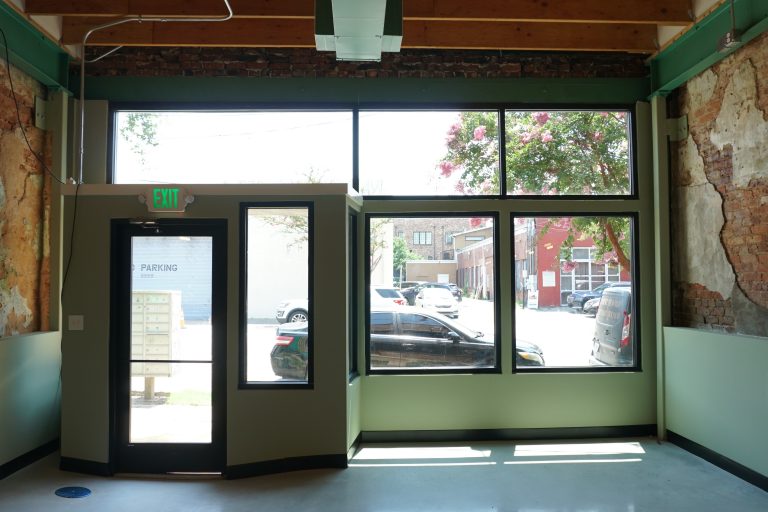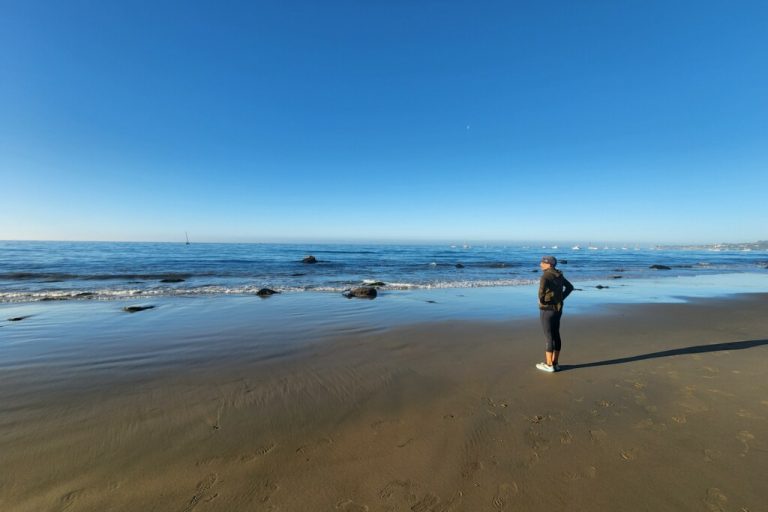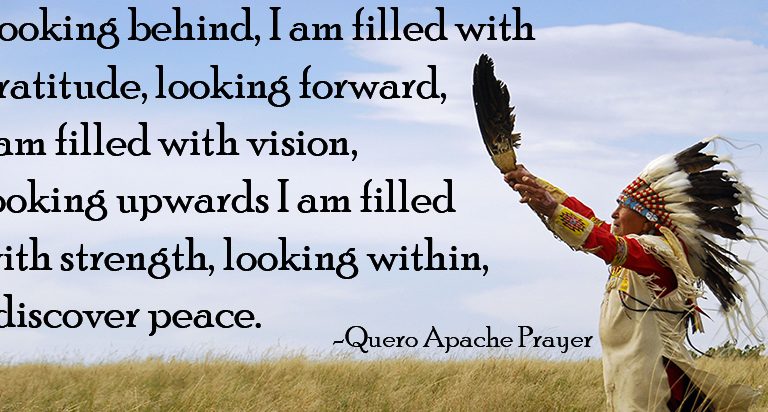Every once in a while – if you’re lucky and paying attention – you catch a glimpse of life beyond the known world. What you see may ignite a curiosity that deepens with stillness; moments when a search for the source or reason behind what lay hidden rests in plain sight. It is not a particularly religious notion although religions have certainly exploited it. An obscured twofold existence owes its secrecy to the sensual dominance of the world at large; it is easy to forget what is largely unseen, unheard, and untouched.
Last Friday, I had the pleasure of listening to Daniel Matt at Temple Sinai in Sandy Springs. His magnum opus – a full English translation of The Zohar from its original Aramaic (and occasional Hebrew) –provided the basis for the late morning lecture and those in attendance proved curious and open to an exploration of divine wisdom. This canonical Kabbalistic text took Daniel eighteen years to translate. Full of hidden meanings and paradoxical references, it forms the basis for Jewish esoteric study. What I find so compelling about not only the text but the mystical practicality when investigating one’s own life as well as the world(s) through which we traverse, is its modern usefulness that provides a multidimensional order to what appears as a very chaotic time.
What humans do with divine intelligence is in itself a form of divine expression.
I was thinking of this two days ago when I found myself in the bowels of the old Georgia Railway and Power Company at 84 Walton Street with my friend Max. Crawling through downtown with Max feels downright archeological; the Atlanta seen from the surface hides a magnificent, more robust design that lay hidden, forgotten and trapped in time. In a city determined to outrun its history, studying the built environment reads like an epitaph.
As we stepped through a cutout in the wall it was like punching through time to find old machinery that ran the streetcar lines that once connected the city. It felt like inhabiting a Diego Rivera mural in which I could smell and touch the iron and brick around me harkening back to a time when it was impossible to be unaware of the physical work it takes to make and sustain a city. There exists a deepness here, a rich dimensionality that gets lost in the modern tools of sheetrock and metal framing. Max pointed to the fixtures and, becoming more Puck-like with each gaping hole we emerged from, expressed awe at the marble floors peeking through layers of wood in a great room braced with rows and rows of ionic columns. The sturdy existence inherent to the materials that make up our historic buildings highlights our vulnerability to historical interstices.
The study of a city is the study of space. Each city has a boundary but within that boundary is a series of ever smaller boundaries that fold in upon itself. So, we can say that when we study a city, we study the convergence of boundaries that coexist to create a form that constitutes the body in which we live. Is the definition of a city its boundaries? No. Can a boundary itself claim to be the city? No, not any more than I as an emanation of God can claim to be God. But the hidden city is equally as powerful as the city that we see. In Kabbalistic terms this translates to: as above, so below. There is an intelligence here that we have not fully tapped.
As much as I’m in search of the hidden city, Max is in search of the unified city. The city that, aware of its myriad personalities and appendages, finds harmony in integration: a place at peace, in union with its inhabitants, moving synchronously with its past, present, and future, able to grow freely, evolving at a pace that keeps all parts of its body healthy.
The questions I ask involve a city’s genetic code: understanding the hidden city. What is the DNA of this city? At the genetic level, how does this city express itself? If we were to talk about modifying gene expression, can we change the city’s genetic code or the expression of the known code in ways that contribute to the overall health of the city? How can epigenetics help us understand the possibilities that we overlook as we seek to make the city better (and smarter)? Can we edit a city’s genes the way CRISPR does to seamlessly influence the next generation and sidestep the possibility of backsliding into the chaos we keep replicating?
Certain forces accumulate to form our body at infancy. As our body grows we flow with forces that shift our body into maturation. We have control over some things (i.e. physical activity, diet, etc.) and not so much over others (i.e. autonomic nervous system). We know that our body is accommodating and resilient. We know what we can do to make it stronger and what activities leave it depleted. But as a generation, we have now come to understand that the mind is stronger than the body. The body follows thought – conscious and unconscious. We have more control than we think. For it is the unseen that holds valuable potential for change.
The same holds true for cities.
The forces that created the boundaries of what we considered “Atlanta’s beginning” are different from the forces that impact it today. We’ve created a city/body that is prone to disease; strong in some respects yet weaker in others by privileging the boundaries over the body as a whole. We celebrate its weaknesses more than its strengths by dividing people and resources better spent in union. In Man’s Search for Meaning, Viktor Frankl writes: “Man is capable of changing the world for the better if possible, and of changing himself for the better if necessary.”
There is no time machine here, but it doesn’t matter. You don’t have to change your past to change your future. Dime con quién andas, y te diré quién eres is a Spanish phrase that roughly translates to tell me who you walk with and I’ll tell you who you are. By taking this a bit further, one can say about a city: tell me what you celebrate and I’ll tell you where you’re going. The fastest way to change behavior (force) which results in changing form is by rewarding that which we desire to see. Atlanta currently celebrates money and privileges the seen, the shine: the same corporations, property developers, and celebrities reap the same rewards giving them more control. Even in the absence of any unified contribution to the city’s identity or future health, the celebrations keep coming.
What would happen if we started celebrating teachers and small-scale innovators? How would that help make the city healthier? If we celebrated our children instead of constantly reminding them that they suck up our taxes and aren’t worth investing in?
In small neighborhoods, instead of service providers that promote only consumption, the city should celebrate innovative creators who inspire people to make things or consume in more participatory ways. All too often, these entrepreneurs bear the brunt of capital improvements and gentrification, two major forces that add weight to what should be an easier lift. Let’s start celebrating and supporting different people and see how the city as a form reacts.
What we cannot see (or choose not to see) can either be our undoing or our greatest source of energy. We must tap the hidden powers of the city (and ourselves) to command a future that is in harmony with its inhabitants.



